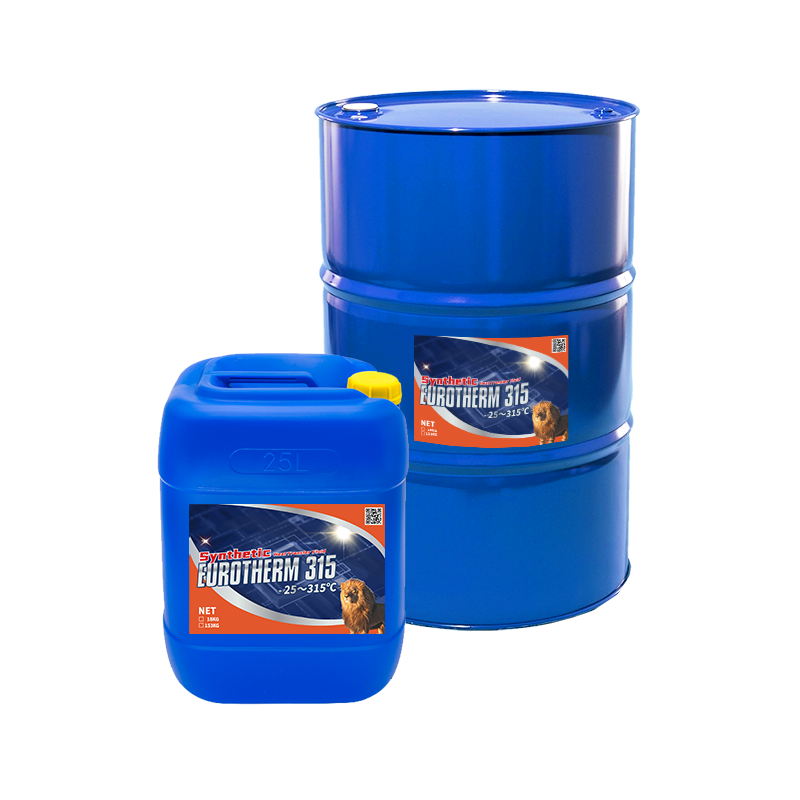The Main Principles Of Chemie
The Main Principles Of Chemie
Blog Article
Things about Chemie
Table of ContentsThe smart Trick of Chemie That Nobody is Talking About10 Simple Techniques For ChemieFacts About Chemie RevealedThe Best Guide To ChemieRumored Buzz on ChemieWhat Does Chemie Do?
By Bojanna Shantheyanda, Sreya Dutta, Kevin Coscia and David SchiemerDynalene, Inc. Liquid cooling, which can be accomplished using indirect or straight ways, is used in electronics applications having thermal power thickness that might go beyond secure dissipation with air cooling. Indirect liquid air conditioning is where heat dissipating digital elements are physically separated from the liquid coolant, whereas in case of straight air conditioning, the parts remain in direct contact with the coolant.Nonetheless, in indirect cooling applications the electrical conductivity can be essential if there are leakages and/or spillage of the liquids onto the electronics. In the indirect cooling applications where water based liquids with deterioration preventions are typically used, the electrical conductivity of the fluid coolant generally depends on the ion concentration in the liquid stream.
The boost in the ion focus in a closed loop fluid stream may occur due to ion seeping from steels and nonmetal elements that the coolant liquid is in contact with. Throughout operation, the electric conductivity of the fluid might increase to a degree which might be dangerous for the cooling system.
The Greatest Guide To Chemie
(https://pxhere.com/en/photographer-me/4491684)They are grain like polymers that can trading ions with ions in a remedy that it touches with. In today work, ion leaching tests were executed with numerous steels and polymers in both ultrapure deionized (DI) water, i.e. water which is treated to the highest degrees of pureness, and low electric conductive ethylene glycol/water mix, with the measured adjustment in conductivity reported in time.
The samples were enabled to equilibrate at room temperature level for two days prior to tape-recording the first electrical conductivity. In all examinations reported in this research study liquid electrical conductivity was determined to an accuracy of 1% utilizing an Oakton CON 510/CON 6 series meter which was calibrated prior to each measurement.
The Best Strategy To Use For Chemie
from the wall surface heating coils to the center of the heater. The PTFE sample containers were put in the heater when steady state temperatures were gotten to. The examination arrangement was removed from the heating system every 168 hours (7 days), cooled down to area temperature with the electrical conductivity of the fluid gauged.
The electric conductivity of the liquid example was kept an eye on for an overall of 5000 hours (208 days). Schematic of the indirect closed loophole cooling experiment set-up. Components utilized in the indirect closed loop cooling experiment that are in call with the fluid coolant.

Chemie for Beginners
During procedure the fluid tank temperature level was kept at 34C. The adjustment in liquid electric conductivity was kept track of for 136 hours. The fluid from the system was accumulated and saved. Closed loop test with ion exchange resin was brought out with the exact same cleansing procedures utilized. The preliminary electric conductivity of the 230ml UP-H2O in the system gauged 1.84 S/cm.

0.1 g of Dowex resin was contributed to 100g of fluid samples that was absorbed a different container. The blend was mixed and change in the electrical conductivity at room temperature level was measured every hour. The measured modification in the electric conductivity of the UP-H2O and EG-LC test fluids having about his polymer or metal when engaged for 5,000 hours at 80C is revealed Number 3.
The Main Principles Of Chemie
Figure 3. Ion leaching experiment: Measured modification in electrical conductivity of water and EG-LC coolants consisting of either polymer or metal samples when immersed for 5,000 hours at 80C. The results indicate that metals contributed fewer ions into the fluids than plastics in both UP-H2O and EG-LC based coolants. This could be due to a thin steel oxide layer which may function as a barrier to ion leaching and cationic diffusion.
Fluids having polypropylene and HDPE showed the cheapest electric conductivity changes. This can be as a result of the short, inflexible, direct chains which are less likely to contribute ions than longer branched chains with weaker intermolecular pressures. Silicone additionally executed well in both examination fluids, as polysiloxanes are generally chemically inert because of the high bond energy of the silicon-oxygen bond which would certainly stop deterioration of the product into the liquid.
All About Chemie
It would be anticipated that PVC would create comparable results to those of PTFE and HDPE based on the similar chemical structures of the products, nevertheless there may be other pollutants existing in the PVC, such as plasticizers, that may influence the electrical conductivity of the fluid - fluorinert. In addition, chloride teams in PVC can also leach right into the examination liquid and can create a boost in electric conductivity
Buna-N rubber and polyurethane revealed indicators of degradation and thermal decay which recommends that their feasible energy as a gasket or glue product at greater temperature levels can result in application problems. Polyurethane totally broke down right into the examination liquid by the end of 5000 hour test. Number 4. Before and after photos of metal and polymer examples immersed for 5,000 hours at 80C in the ion leaching experiment.
Calculated adjustment in the electric conductivity of UP-H2O coolant as a feature of time with and without material cartridge in the closed indirect cooling loop experiment. The measured change in electric conductivity of the UP-H2O for 136 hours with and without ion exchange material in the loop is displayed in Figure 5.
Report this page